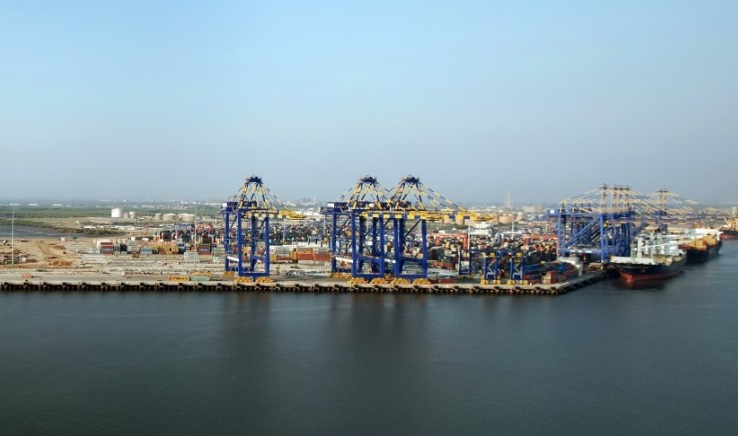This month, China Harbour Engineering Company Ltd. (CHEC) signed the contract of the Qasim Energas LNG project. The project duration is 18 months.
The main construction of the project includes designing and constructing a wharf, which is capable of docking 174,000 square meters of FSRU and 266,000 square meters of LNGC-QMAX, dredging 3.6 million square meters of harbor ponds, constructing 9 kilometers of gas transmission lines, land measuring station, process equipment, pipelines, and automatic control. In addition, water, electricity, firefighting, navigation, communication and other supporting facilities will be completed as well.
This signing is the second cooperation between the two sides. The initial construction of the Qasim Energas LNG Project was also an EPC project contracted by CHEC and was successfully delivered in 2015.
Port Qasim LNG Project is the first LNG project in Pakistan and the contract for it was signed on May 5, 2014. On the morning of June 3, 2014, a ground-breaking ceremony of Port Qasim LNG Project in Pakistan undertaken by CHEC was held. The contract value is about USD 60 million and the total construction period is 10 months. The project comprises a butterfly dolphin type berth where a FSRU and an LNG vessel can berth in parallel and a about 500m-long trestle. The project allowing two ships to berth side by side is the first example in Pakistan and there has been no such project in China.
On February 28, 2015, the LNG Terminal Project at Port Qasim in Pakistan was completed ahead of schedule and the taking-over ceremony for it was held.
The new project signed this month will further expand the scale and capacity of Port Qasim LNG and contribute to Pakistan’s energy conservation efforts. “The contract for the LNG Terminal Project in Pakistan is an EPC contract, and the project is a key livelihood project attracting extensive attention of the Pakistan government and all sectors of society,” said a spokesman of CHEC, “The project can supply gas of 11-14 million cubic meters per day, accounting for 10%-15% of the total domestic gas market; the annual loading and unloading capacity is 3.5 million tons and it can save energy import expense by about USD 2 billion for Pakistan every year, accounting for about 10% of the total import. The project has played a positive role in relieving energy shortage in Pakistan, reducing expense of life and industrial production, and promoting economic development.”
















